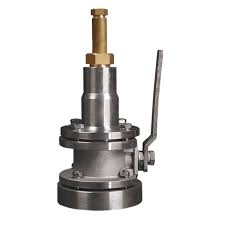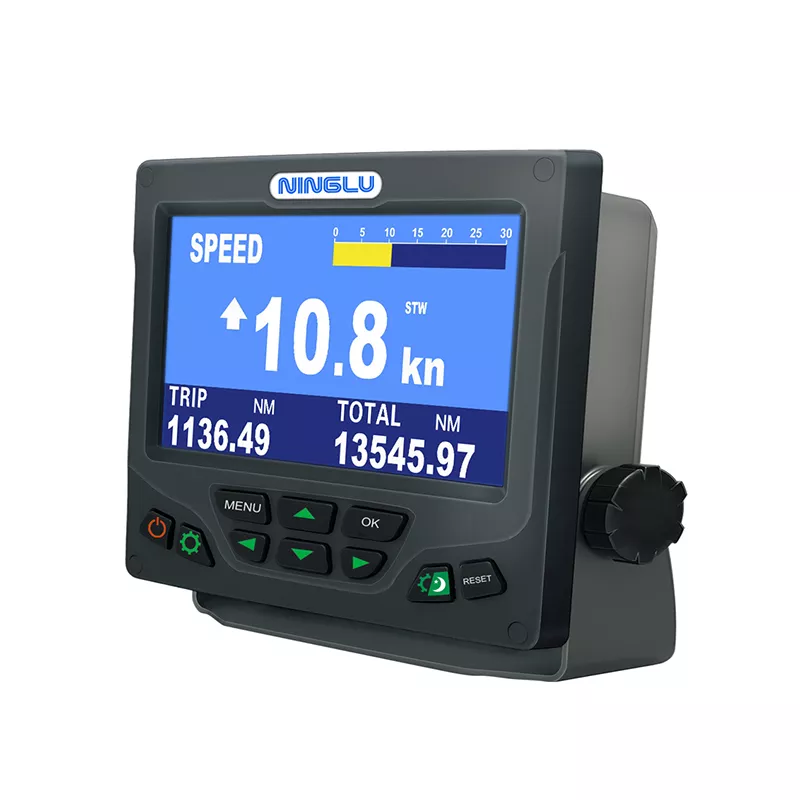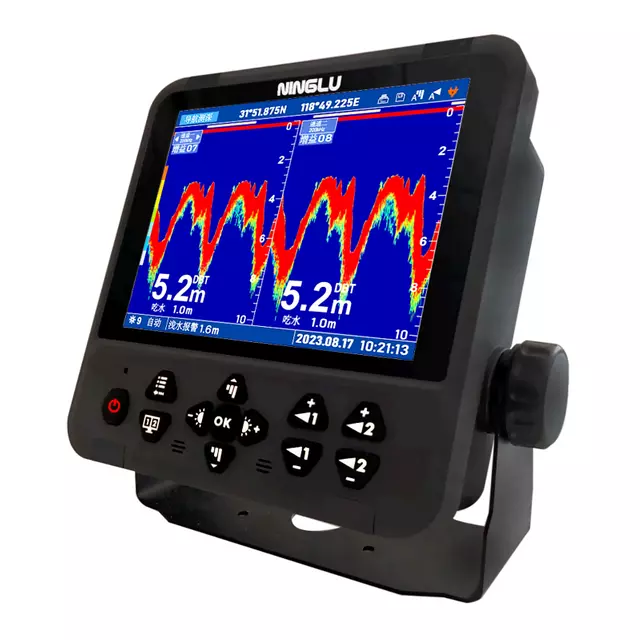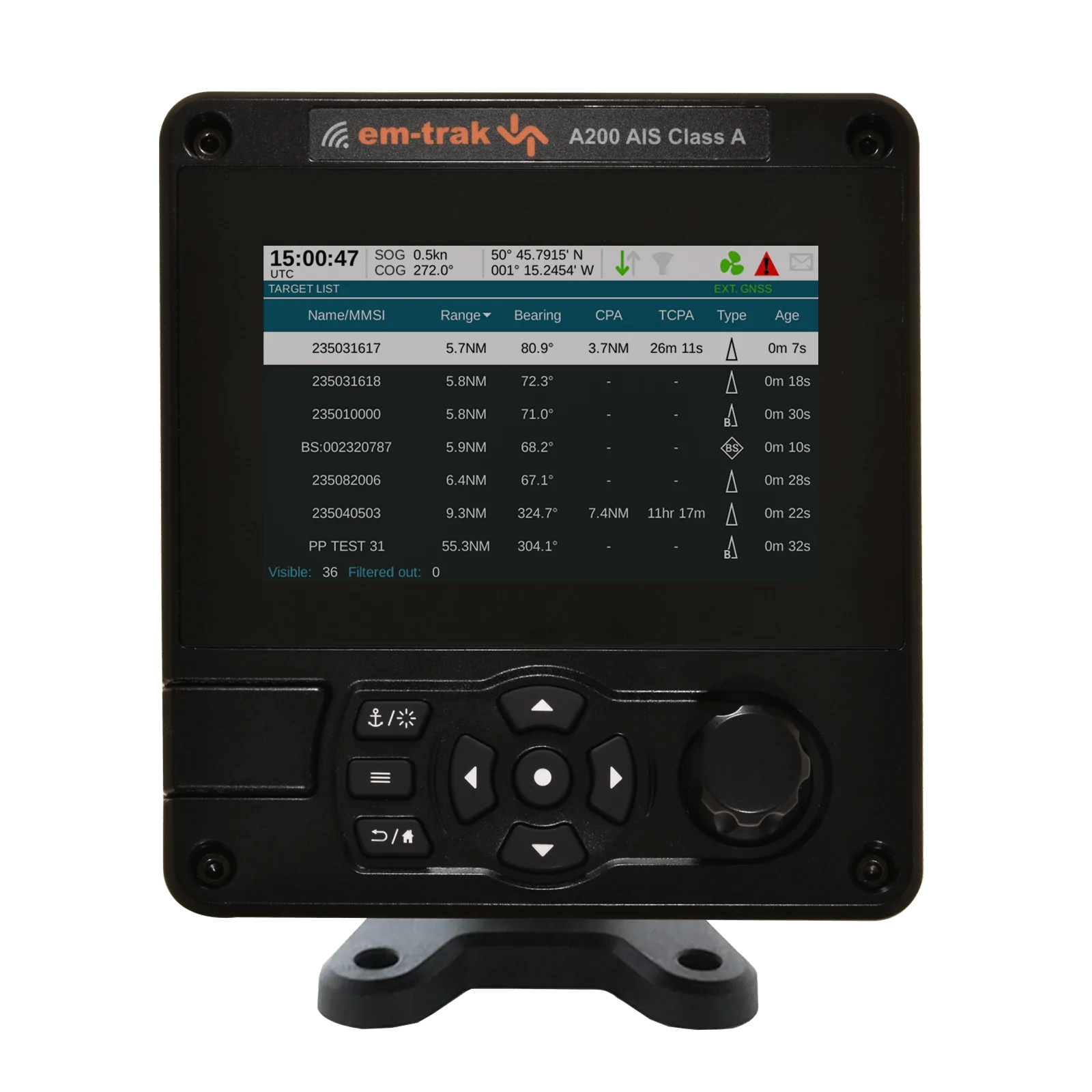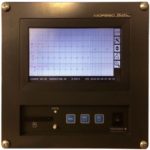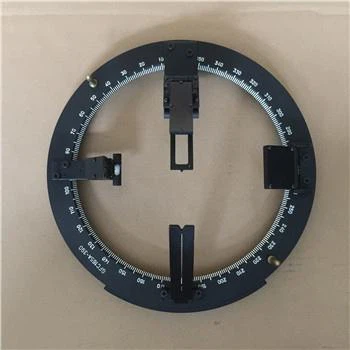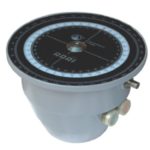BAM (Bridge Alert Management)
BAM, or Bridge Alert Management, is a system designed to manage and prioritize alerts and alarms on ship bridges. This post explores the functionality, benefits, implementation, and answers common FAQs to provide a comprehensive of this crucial maritime safety technology.
What is BAM (Bridge Alert Management)?
BAM is a system that assists bridge personnel in managing and responding to alarms and alerts effectively, ensuring safety and operational efficiency.
How does BAM work?
BAM integrates various sensors and System on the bridge, prioritizing alarms based on their criticality and providing visual and audible alerts to bridge personnel.
Components of BAM
Key components include alarm monitoring software, sensors (such as radar, ECDIS, AIS), display units, and an interface for crew interaction and response.
Benefits of BAM
BAM enhances situational awareness, reduces alarm fatigue, improves crew response times, and prioritizes critical alarms to prevent accidents and improve operational efficiency.
Applications of BAM
BAM is used on various types of vessels, including commercial ships, tankers, and passenger vessels, to manage alarms related to navigation, engine status, and safety System.
Challenges in Implementing BAM
Implementing BAM requires integration with existing bridge System, crew training, customization based on vessel type, and compliance with maritime regulations.
FAQs about BAM (Bridge Alert Management)
| Question | Answer |
|---|---|
| What is BAM (Bridge Alert Management)? | BAM is a system that manages and prioritizes alarms and alerts on ship bridges to enhance safety and operational efficiency. |
| How does BAM prioritize alarms? | BAM prioritizes alarms based on their criticality and relevance to the vessel’s operation, displaying them accordingly for crew response. |
| What types of alarms does BAM manage? | BAM manages alarms related to navigation, engine status, safety System, weather conditions, and more. |
| Can BAM integrate with existing bridge System? | Yes, BAM can integrate with radar, ECDIS, AIS, and other sensors and System present on the ship’s bridge. |
| How does BAM improve safety on board? | BAM enhances safety by reducing alarm fatigue, improving crew response times to critical alarms, and ensuring better situational awareness. |
| Is BAM mandatory on all vessels? | Regulations regarding BAM implementation vary by flag state and vessel type, but it is increasingly becoming a standard safety requirement. |
| What training is required for using BAM? | Crew members need training on BAM operation, alarm prioritization, and response procedures to effectively utilize the system. |
| Can BAM reduce operational costs? | Yes, BAM can reduce costs associated with accidents and operational disruptions by improving safety and efficiency. |
| How does BAM handle alarm notifications? | BAM provides visual and audible alerts, along with detailed information on the nature and location of the alarm, for immediate crew action. |
| Can BAM be customized for specific vessel needs? | Yes, BAM implementations can be customized to suit the specific operational requirements and layout of different types of vessels. |

